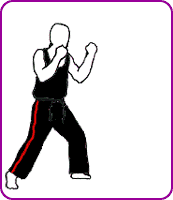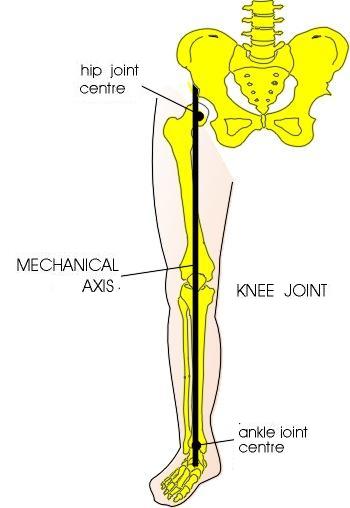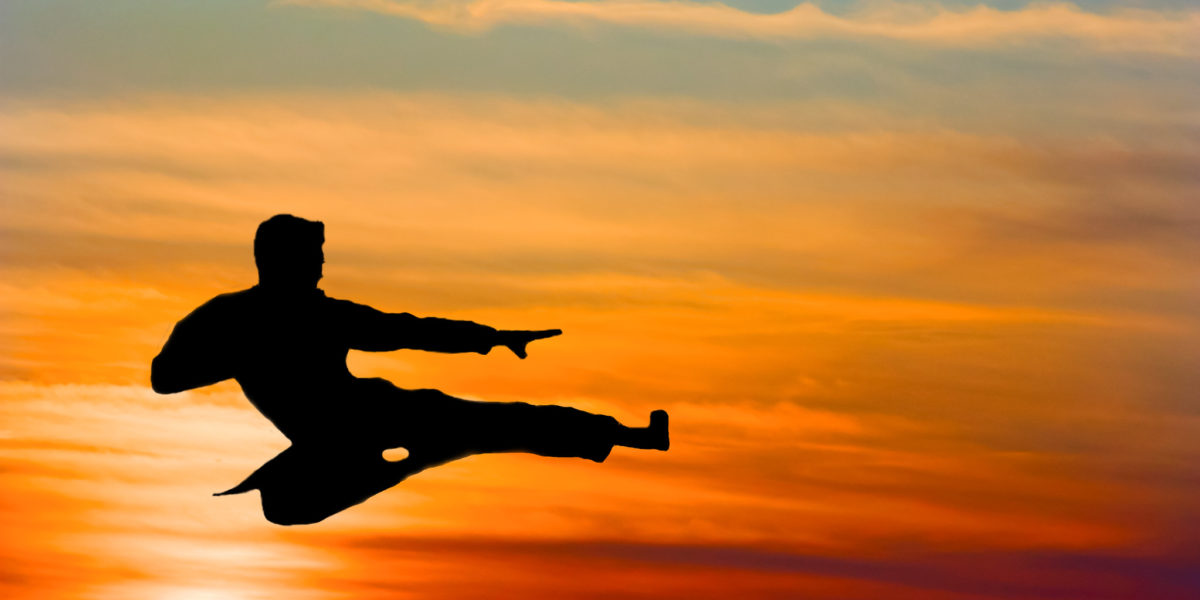If you have seen the 1984 film “Karate Kid”, you know that the only way the protagonist Daniel LaRusso was able to defeat his nemesis Johnny Lawrence was with a “crane kick” to the chin powerful enough to knock him down allowing Daniel to clench the title of the Karate tournament.

Striking, punching and kicking, have been essential techniques in martial arts from their beginnings. Foot strikes are one of the most powerful strikes in martial arts and is essential not only for entertainment in action movies, but martial arts tournaments and self defense.
One of the most common and similar kicks across the various martial arts disciplines is the roundhouse kick. Roundhouse kicks involve quick rotations coupled with quick striking movements of the foot. More information about different foot strikes, associated disciplines, and their demonstrations can be found here. These roundhouse kicks are powerful, but how is all this power physically generated and what aspects affect it?

Power in the context of kicking can be thought of as the product of force and speed. In order to deliver a match winning kick to Johnny Lawrence, the kick needs to deliver lots of force very quickly. Force and speed are generated by components of the human leg and must be maximized in order to produce the most powerful strike.

There are three major components that are used while kicking. These joints are the hip, the knee and the ankle. These joints allow the bones between them to pivot and angle into position generating the force needed to strike. These three portions of the body become very important when analyzing the striking motion of a roundhouse kick.
We find through various studies that hip rotation, knee extension, and foot velocity are the most important variables in determining how striking power is generated. A few of the most notable factors that influence striking power include, the type of martial arts, if there is a target present, the initial stance of the fighter, and more.
A study from the University of Sunshine Coast in Queensland Australia analyzes the differences in kicking technique and power across three different martial arts disciplines: Muay Thai, Karate, and Taekwondo. The study finds a variety of similarities between the different disciplines in their techniques, regardless that their martial arts disciplines were developed in different regions. The common traits that provide maximum power include rapid hip rotation, hip abduction (movement of the leg away from the midline of the body think doing a split), hip flexion (vertical raise of the leg, think kicking a ball), knee extensions, and rapid movement of the body towards the target.
Another study by Jacek Wasik from the Institute of Physical Education and Tourism looked at if the presence of a physical target increased or decreased the power in a kick. Shockingly, the results suggest that striking velocity decreases with the presence of a target which means the overall power of the kick decreases as well. They note though that this may not be a disadvantage, and training with and without targets would help train different muscles associated with the two different kicking techniques.
While there are many factors that can influence how powerful a kick is, the main components that generate and maximize power of the roundhouse kick is fast hip rotation, and knee extension. Studies on how other external factors that influence roundhouse power such as target distance and the standing position before kicking can be found here and here.

Using the knowledge of how our bodies can create and maximize power, we are able to perfect the positions and motions necessary to deliver the final blow to Johnny Lawrence.
Featured image cropped from Karate kick at sunrise by bluesbby licensed under CC BY 2.0.
